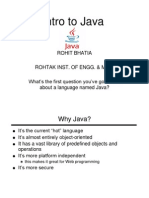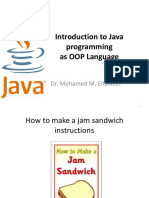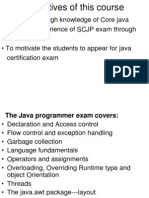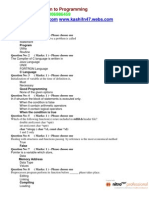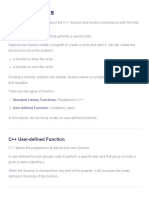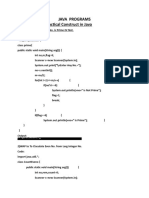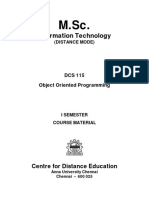0% found this document useful (0 votes)
22 views24 pagesJava Model Paper 1 BCA
The document provides an overview of Object-Oriented Programming (OOP) concepts in Java, including definitions of classes and objects, the compilation and interpretation process, variable declaration, method overriding, abstract classes, and packages. It also covers Java's stream classification, AWT for GUI, applets, inheritance types, and the structure of a Java program. Additionally, it discusses operators, constructors, the Scanner class, and the significance of the final keyword.
Uploaded by
usharushar238Copyright
© © All Rights Reserved
We take content rights seriously. If you suspect this is your content, claim it here.
Available Formats
Download as PDF, TXT or read online on Scribd
0% found this document useful (0 votes)
22 views24 pagesJava Model Paper 1 BCA
The document provides an overview of Object-Oriented Programming (OOP) concepts in Java, including definitions of classes and objects, the compilation and interpretation process, variable declaration, method overriding, abstract classes, and packages. It also covers Java's stream classification, AWT for GUI, applets, inheritance types, and the structure of a Java program. Additionally, it discusses operators, constructors, the Scanner class, and the significance of the final keyword.
Uploaded by
usharushar238Copyright
© © All Rights Reserved
We take content rights seriously. If you suspect this is your content, claim it here.
Available Formats
Download as PDF, TXT or read online on Scribd
/ 24







